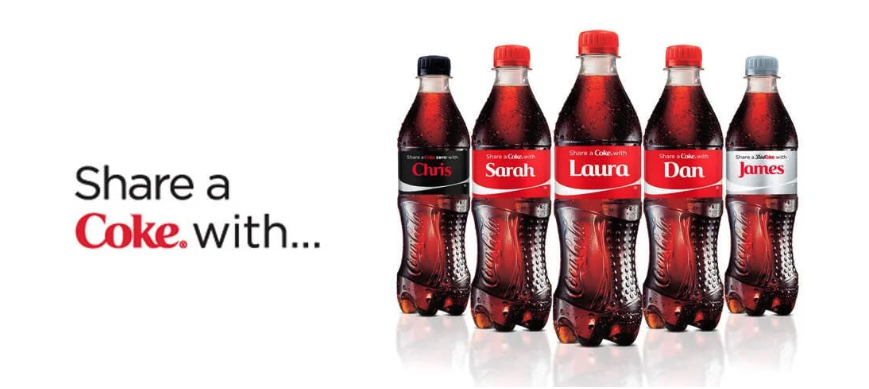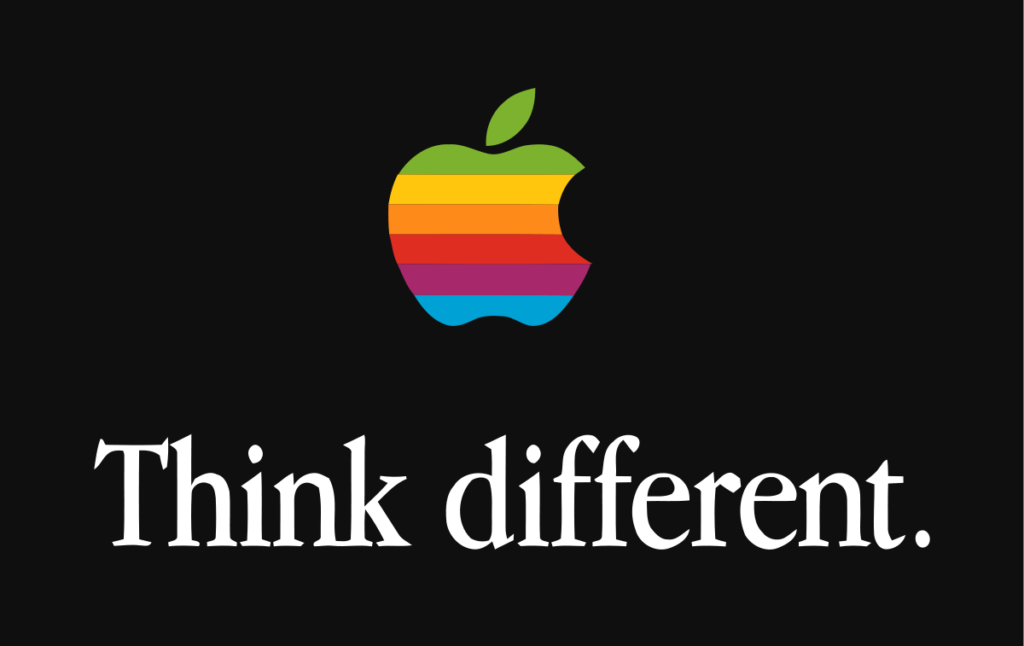Institutional advertising is an essential part of any company’s marketing strategy. But how can it help your business?
Institutional advertising has the potential to create a powerful brand image, differentiate from competitors, and help companies reach their target audience.
From elevating brand reputation to increasing market awareness and expanding a company’s reach, institutional advertising can get the word out about a particular brand and its offerings. With the right creative and strategic elements, institutional advertising can be a powerful tool for any business.
Nowadays, over 70% of brand managers prioritize building an audience over traditional advertising methods.
Though it’s not a direct sales tool, it establishes a company’s credibility and visibility among potential consumers. By creating powerful visuals and stories that the target audience can relate to, institutional advertising can make a strong connection between the company and its customers.
This guide will provide an overview of institutional advertising and discuss the different elements that make it successful. From understanding the difference between product advertising and institutional advertising to giving examples of successful campaigns, this article will provide the tips and tricks needed to create a successful institutional advertising campaign.
But first…
What Is Institutional Advertising?
Institutional advertising is a strategic approach employed in marketing campaigns to forge a positive brand identity and a positive image for a company or its products. Unlike direct product advertising, which focuses on promoting a particular product or service, institutional advertising campaigns aim to establish a broader, more positive brand image. This advertising strategy is key in numerous successful marketing campaigns, as it not only raises awareness but also promotes consumer referrals and helps create loyal customers.
Institutional advertising efforts typically involve a subtle sales pitch, blending corporate advertising with advocacy advertising to reflect the company’s core values and commitment to social responsibility. These campaigns often contrast with product advertising, which specifically targets the sales of a particular product or service. Successful institutional advertising campaigns, such as those implemented by environmentally conscious companies or non-profit organizations, can significantly boost brand recognition and a positive reputation, thereby increasing sales and yielding revenue.
A key aspect of institutional advertising focuses on the ongoing efforts to establish and maintain a positive brand image and overall corporate identity. This often requires sustained investment, not just in traditional media but also in digital strategy and non-traditional media. Examples of institutional advertising include image advertising events, where a company fully stands behind its brand’s mission and values, or marketing initiatives like McDonald’s hiring ads that go beyond just selling a product to convey the company’s image and culture.
Overall, institutional advertising is vital in achieving success in the marketplace. It helps in building a strong connection between the brand and its target consumers, often leading to word of mouth marketing, loyal customers, and eventually, a boost in the entire product line’s reputation and sales.
Institutional Advertising vs. Product Advertising
Institutional advertising differs greatly from its counterpart, often confused with product advertising. Product advertising concentrates on showcasing the characteristics of a particular product or service, while institutional advertising highlights your brand or product collection. For example, product advertising would feature a single car from a company, while institutional advertising promotes the entire line of cars from that company.
Product advertising is more direct in its approach and typically involves a call-to-action, while institutional advertising focuses on brand building and creating an overall impression of the company. In product advertising, the goal is to make a sale, while in institutional advertising, the goal is to create an emotional connection with the brand and its customers.
Institutional Advertising Examples
Institutional advertising can take many forms, from television and radio ads to outdoor billboards and print adverts. Here are some examples of successful institutional advertising campaigns:
Coca-Cola’s “Share A Coke” Campaign
Launched in 2011, Coca-Cola’s “Share a Coke” campaign was a huge success and one of the most widely recognized institutional advertising campaigns. The campaign featured custom bottles of Coke with people’s names on them, encouraging them to share the product with their friends and family. The campaign highlighted the power of sharing, community, and the brand’s core values of connection, friendship, and unity.

With this campaign, Coca-Cola skyrocket their online engagement, including the campaign’s #ShareaCoke hashtag.
Adidas’s “There Aren’t Plenty Of Fish In The Sea Anymore” Campaign
In 2018, Adidas collaborated with Parley, a non-profit organization, to create an environmental awareness campaign to help reduce single-use plastic waste from the ocean. This campaign aimed to raise awareness about plastic ocean pollution and the decline of marine life.

Adidas created an emotional connection with its viewers and showed that the company cares about the environment. It also successfully highlighted the brand’s core values of sustainability and responsibility.
Apple’s “Think Different” Campaign
Launched in 1997, Apple’s “Think Different” campaign was one of the most successful campaigns of its time. It featured iconic figures such as Albert Einstein, Martin Luther King Jr., and John Lennon, among others, to illustrate Apple’s commitment to challenging the status quo. The campaign highlighted Apple’s core values of creativity and innovation, which resonated with their customers.

With its powerful visual storytelling, the campaign created a strong impression on the viewers, which connected them with the company’s core values. It also successfully differentiated Apple from its competitors and established the brand as a leader in innovation.
5 Tips For Creating Successful Institutional Advertising Campaigns
As institutional advertising can be an effective way to build brand awareness, there are a few key tips for creating successful campaigns:
Tell A Story
Storytelling is vital to creating a compelling institutional advertising campaign. That’s why around 55% of customers are more likely to purchase from a company if they enjoy its brand’s story. Stories are a great way to engage your audience and help them emotionally connect with the brand. For example, a car manufacturer can use stories to emphasize their commitment to safety and innovation.
So, make sure to create a story that resonates with your target audience and reflects your brand’s core values.
Opt For A Customer-Centric Approach
By recognizing and responding to your customer’s needs, you can build a strong connection with them. Customer-centric campaigns focus on the customer experience and emphasize how your brand is helping them. For instance, a technology company can focus on how their products are making life easier and helping people be more productive.
Using a customer-centric approach can help you build trust and credibility with your target audience, so keep their needs in mind when crafting your campaign.
Add Branding Elements
When creating an institutional advertising campaign, use branding elements that will help you stand out from the competition, building recognition and familiarity in the minds of your customers. For example, add a memorable slogan or jingle to your campaign, or use distinctive visuals that reflect your brand’s unique personality.
According to Renderforest, 75% of people recognize a brand by its logo, 60% by its visual style, 45% by the brand’s signature color, and 25% by its unique voice.
Incorporating your brand’s logo or name into the advertisements makes it easier for customers to recognize your brand, so be sure to use these elements where appropriate.
Mention Benefits
Use your institutional advertising campaign to showcase the benefits of your brand. This way, you can highlight why customers should choose your brand over the competition and make them more likely to purchase from you. For example, if you have a more environmentally friendly product than others in the market, use your campaign to emphasize its benefits.
By emphasizing your core values and the benefits that come along with them, you can create an effective institutional advertising campaign that resonates with your target audience and drives customers to buy from you.
Teach And Inspire
Besides telling a story and using branding elements, teaching and inspiring your audience can be a powerful way to engage them. Institutional advertising can educate people about your brand, products, and services. It can also encourage people to think in new ways and help them reach their goals. For example, a skincare company can use institutional advertising to teach people the importance of caring for their skin and how their products can help them achieve that.
By educating customers about your brand and inspiring them to take action, you can create a successful institutional advertising campaign that resonates with your target audience.
Final Thoughts
Institutional advertising stands as a pivotal element in shaping a positive brand identity and enhancing brand recognition. It’s not just about promoting a particular product or service but about crafting a comprehensive corporate identity that resonates with the target audience. This advertising strategy is crucial for both emerging and established businesses aiming to fortify trust and forge emotional connections with customers, steering clear of the aggressive sales tactics typically associated with product advertising.
For businesses aspiring to launch successful institutional advertising campaigns, focusing on ongoing efforts to project a positive image and reinforce the company’s core values is key. Whether it’s through advocacy advertising, digital strategies, or non-traditional media, institutional ads have proven effective in raising awareness, generating consumer referrals, and creating loyal customers. This approach not only boosts brand reputation but also contributes significantly to achieving long-term marketing goals and generating resources.
When it comes to managing and optimizing these campaigns, it’s imperative to have the right tools at your disposal. A platform that allows for efficient planning, measuring, and reporting of marketing campaigns can be a game-changer. By investing in such tools, businesses can ensure that their institutional advertising efforts align with their brand’s mission and effectively reach their target consumers, ultimately contributing to a positive brand image and increased sales across their entire product line.
Mediatool is a b2b SaaS platform that provides an intuitive dashboard and powerful tools to manage your media. Plan, measure and report on all of your marketing campaigns, all from a single platform. Take a tour of Mediatool today to see how to get lightyears ahead of managing your campaigns from spreadsheets.





